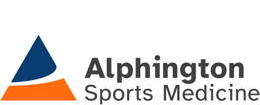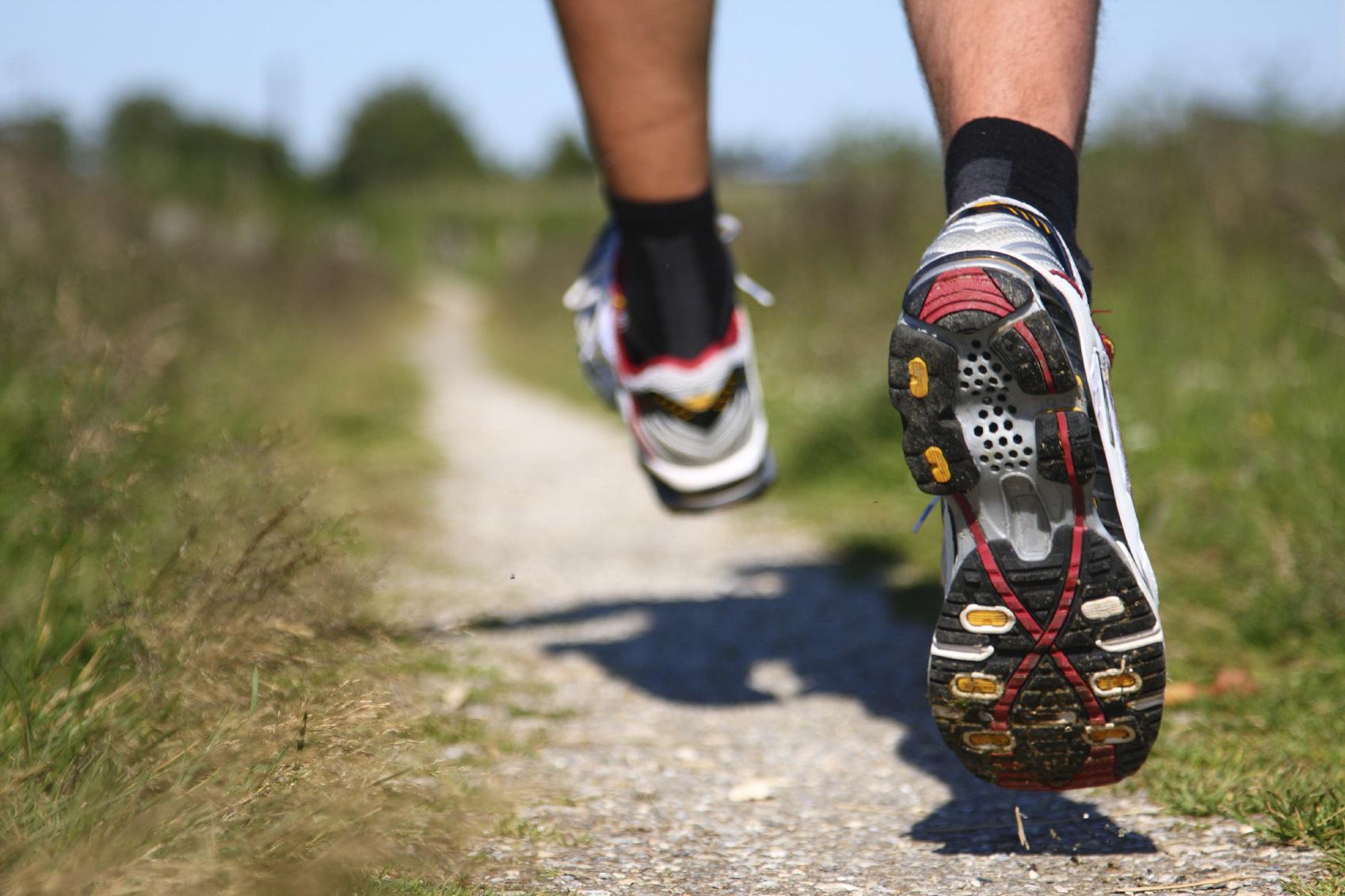So, you like to run? And you want to run a little faster?
Or you want to keep running and stay clear of niggles and injuries that hamper your consistency?
Keep reading…
My experience in the running community has taught me a few things that I thought would be helpful to share. These ideas should not be new to you, and there’s is nothing ground-breaking in the text below, but hopefully it’s another voice of reason pointing you in the direction you thought you should be heading anyway!
The first idea is about your speed. Run slow. Better yet, run easy. So many runners (and elite athletes, for that matter) will run the bulk of their runs too fast. You will not get faster trying to run a 5km PB every time you walk (run) out the door. You’re far more likely to pick up an injury or niggle, stop running for a little while to feel better, and when you come back to running, you’ll be slower. So, the mantra here is run slow to get fast. Better still, run slow to get consistent. Then run consistently to get fit. When you’re fit, then run fast. It’s a little more long winded than you would’ve liked, but there’s beauty in that.
The second idea is about specificity of training. If, like me, you like a mix between running and traditional gym work, you may want to make sure your lifting is benefitting your running. My advice is tackle two main areas – your knee extensors (quads) and your plantar flexors (calves). Of all the things that keep you running consistently, the quads and calves sit at the top. The more efficient these muscles are, the shorter time you’ll spend on the ground and the longer your stride will be. They literally push you away from the ground and keep you in flight phase for longer. Not only that, but they’ll also dampen the ground reaction force every time you do step down and, over time, your joints will thank you for that.
The final idea is one that traditionally not everyone has been able to embrace. I want you to measure some key characteristics related to running, put a plan in place to improve on them, and then re-measure these after a set period. Examples of these characteristics include your peak plantar flexor strength (the maximum amount of force you can generate from your calves in a set position) and your reactive strength index (a comparison of the height you can jump in the air compared to the amount of time you take on the ground to achieve that height). Hopefully you see the relationship of this idea to the second – test how well the key muscle groups can function. Once you know where you’re at, then comes your plan to improve (feel free to get some help here) and then comes a re-test to see if your plan has worked. This hasn’t been embraced in the past because previously these characteristics have been difficult to measure. Well, not anymore. Technology such as ForceDecks and dynamometers allow us to accurately measure and show change in many different aspects of your physical profile.
So, like I mentioned, nothing ground-breaking and nothing you haven’t heard before (I hope). Just another voice asking you to run easy, train specifically and test your progress. Get consistent, get strong and look at more than just your last run’s pace.
And if you’re struggling to find enjoyment from running, try the twisting and turning trails that go underneath native birds, around lush ferns and over gentle creeks. And then thank me afterwards.
See you out there!
Lachy Bromley
Sport & Exercise Physiotherapist
Previous National Performance Institute Physiotherapist at British Athletics
Very amateur trail runner



